Purchase of this book includes free trial access to www.million-books.com where you can read more than a million books for free. This is an OCR edition with typos. Excerpt from book: CUMBRAY, AILSA, LOCH FYNE, CAMPBELLTOWN. In making the tour of Bute, it is easy to land on both the Cumbrays, as they lie at so short a distance. If not within the Highland boundary now, they were once included in it; since, like the Western Islands, they belonged to Norway, and, with the other islands of the Clyde, seem to have been the prime, or at least the most immediate motive, to those contests and negotiations which at length terminated in the secession of that powei from the Scottish shores. The-larger island of this name, or the Great Cumbray, is about three miles long, but is very deficient in picturesque beauty, from being absolutely bare of trees. But the views from it are, like all those obtained in this part of the Clyde, various and interesting; and were the island itself planted and ornamented, as it might easily be, there would be few more engaging spots; on account of the disposition of the ground and the beauty of the situation. The village of M ill port, and the life and bustle of this little harbour, offer an agreeable variety, after days of solitude spent on the wild or thinly inhabited shores which form the chief part of the circuit of the Clyde. It is said that the Great Cumbray once possessed a church dedicated to St. Columba, but I know not that any traces of it remain. I believe that, to all spectators, even though not pretending to geology, the huge trap vein which crosses the island like a wall, and with a very picturesque effect, will be found the most striking object on the island. The little Cumbray, though of ranch inferior dimensions, is a far more interesting spot. It is separated from the larger island by a strait about half a mile broad, and from the Ayrshire coast, by a channel common to both islands. On the west side, it forms a pict...

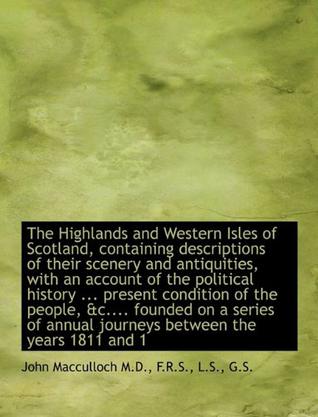
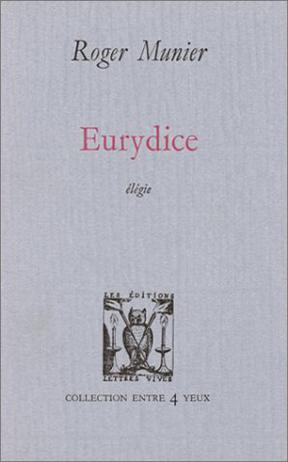
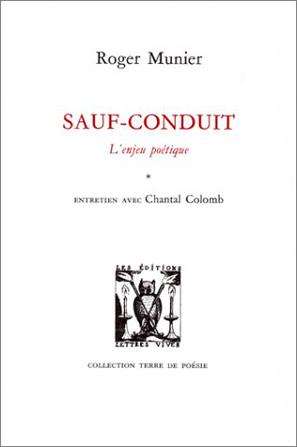
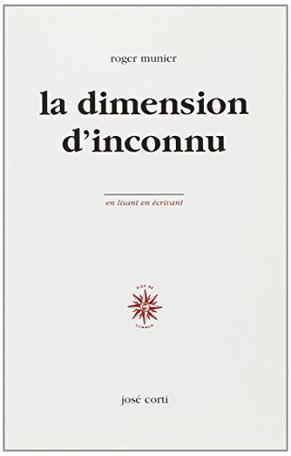
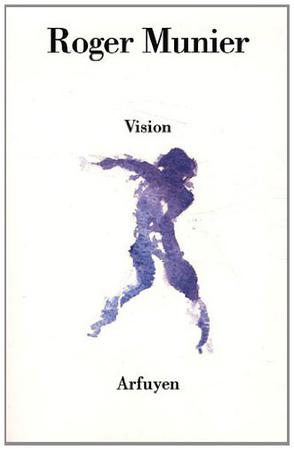
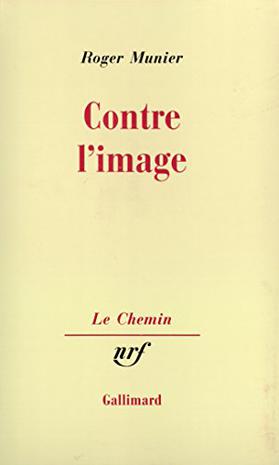

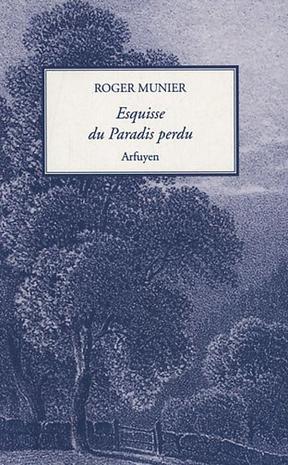
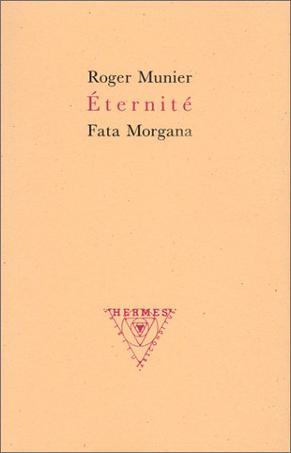
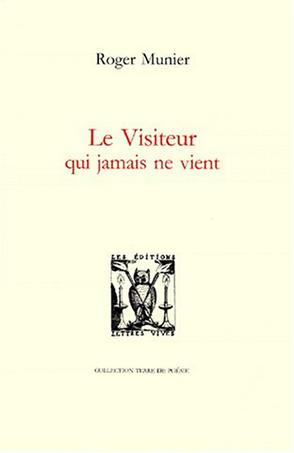
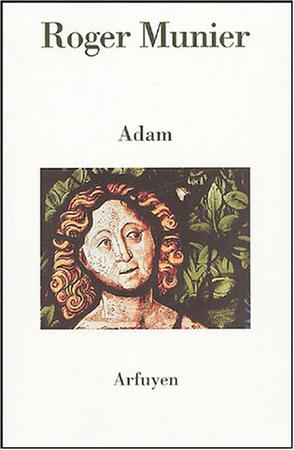
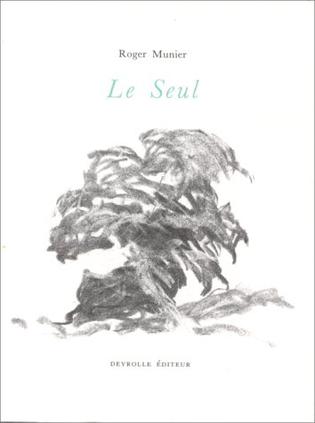
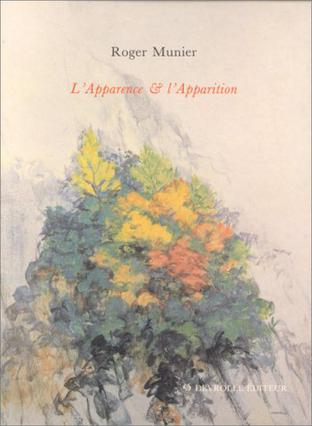



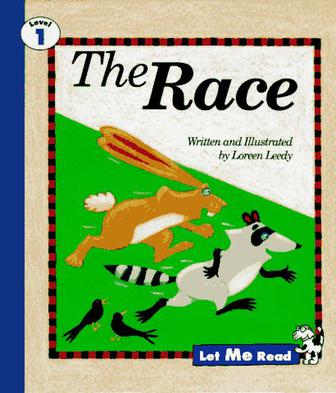
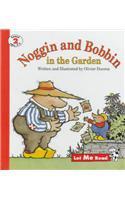






















评价“The Highlands and Western Isles of Scotland, Containing Descriptions of Their Scenery and Antiquitie”